Why all the main breaks?
posted
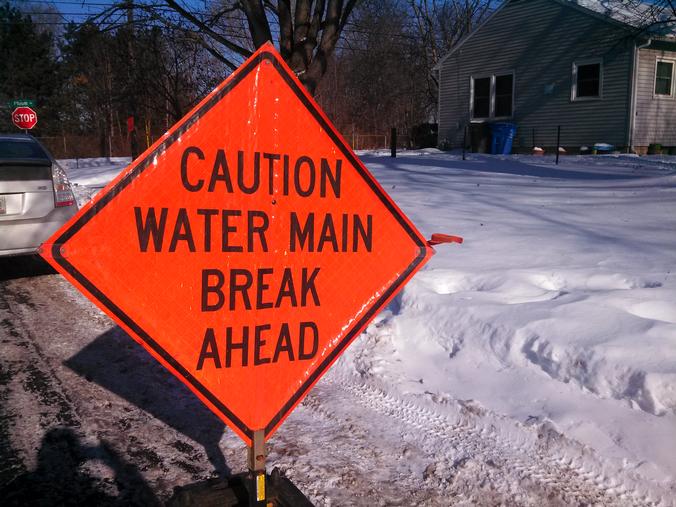
Aging infrastructure meets extreme weather
It's 1:00 a.m. on a brutally cold Monday morning, and the call comes in – a six-inch wide water main has ruptured beneath East Badger Road. It's the first of 8 main break calls that will push Madison Water Utility crews to work back-to-back shifts for the next 24 hours.
But it's not just the sub-zero temperatures that are to blame for all the breaks. It's the water mains themselves.
"The soil expands and contracts as it freezes and thaws," explains Al Larson, principal engineer with Madison Water Utility. "For the older, more brittle mains – the ones that were built in the 30s, 40s and 50s – it gets to the point where they just can't take that force and break."
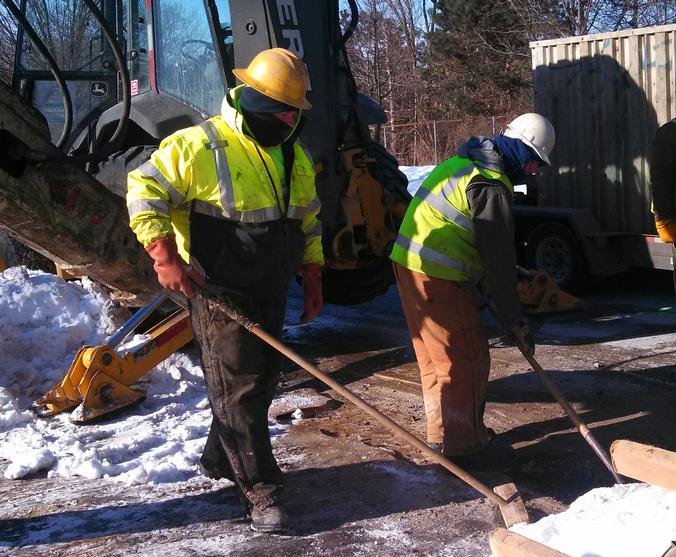
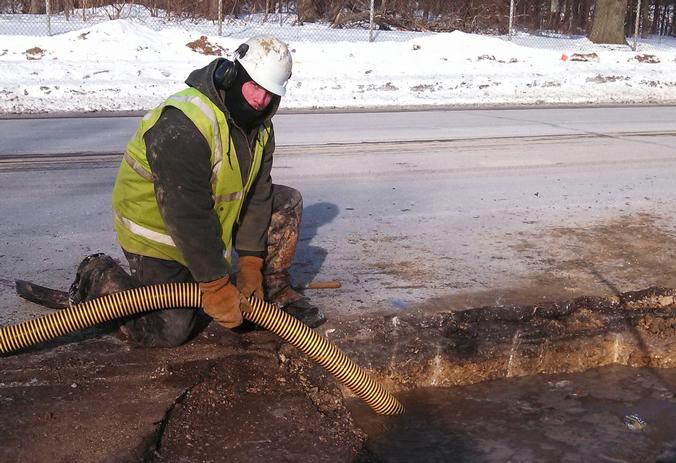
Much of Madison's water main infrastructure dates to the WWII and immediate postwar era, when pipes were made of a less durable material called spun cast iron. While the pipes have served the city well for more than six decades, they've now reached the end of their useful life. Madison Water Utility crews generally repair more that 200 main breaks every year. In 2013, that number swelled to more than 300 due to a combination of aging infrastructure and extreme weather.
"The standard should be 20 breaks per hundred miles (of pipe). For us, that would be 170," Larson says.
And the Utility is undertaking an aggressive plan to get there.
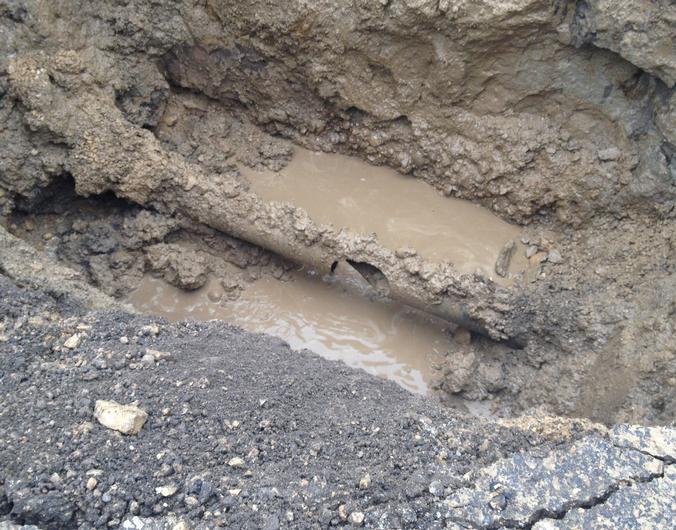
Replacing and renewing
Over the next four decades, Madison Water Utility will replace nearly half its water mains, some 400 miles of pipe. It's an expensive goal – the Utility spent $7.5 million replacing water mains in 2013. By 2020, it will be spending around $12.7 million a year on main replacement and renewal.
"The other thing that we're doing is looking at new technologies like main lining," Larson points out. "The City of Madison was the first one in the state of Wisconsin to line a water main, and we're ramping that up significantly. The budget for water main lining is twice as big in 2014 as it was in 2013. In 3 or 4 years, it's going to double again. We're using new technology to be able to stretch our dollars as far as they can go."
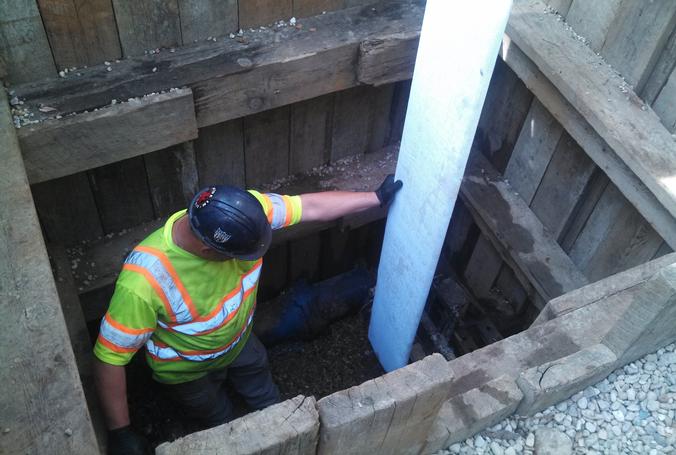
Madison is far from alone when it comes to deteriorating water infrastructure. According to the American Society of Civil Engineers (ASCE), much of the drinking water infrastructure across the country is in dire need of replacement. ASCE's "Report Card on America's Infrastructure" gives the country's overall water infrastructure a D grade. The report card notes that there are about 240,000 water main breaks every year in the United States.
Larson admits that despite all the breaks, Madison Water Utility doesn't necessarily have to pursue a plan of main replacement. It could simply focus on repairs.
"We could always repair. More workers, more equipment. We could always say, 'Three or four hundred breaks a year is okay. We're just going to live with it.' And we'll have a situation where City Engineering will go and rebuild a street, repave it in the summer, and the main will break in the winter, and we'll go out and dig up brand new streets."
Larson adds that in a climate like Wisconsin's, there will always be main breaks. But he insists it's the Utility's job to keep Madison's infrastructure in the very best shape possible, because the alternative is unacceptable.
"People are not going to want to see their street dug up every year, disrupted service. People just get to that tipping point and they say 'No more. We've got to do something.'"
(Check out the video below to see how main relining works.)
